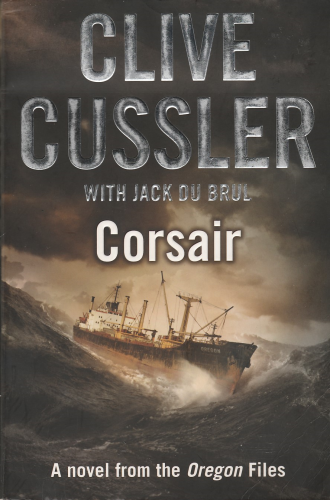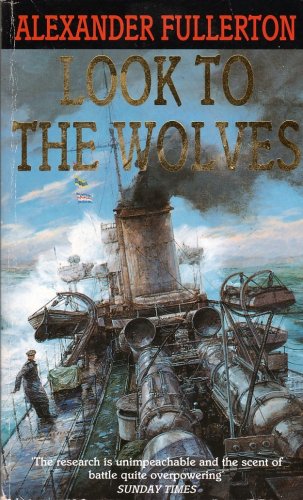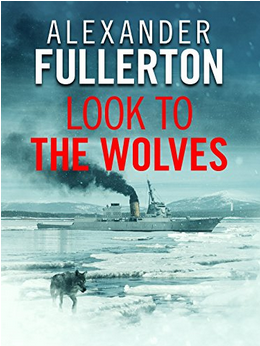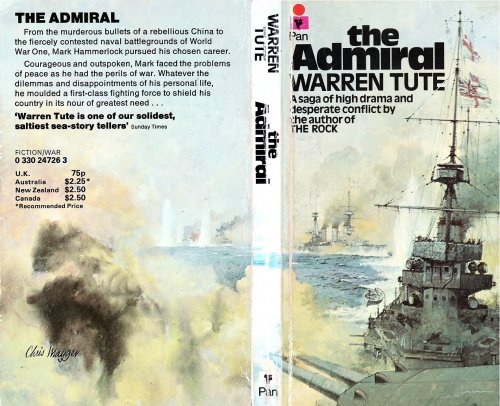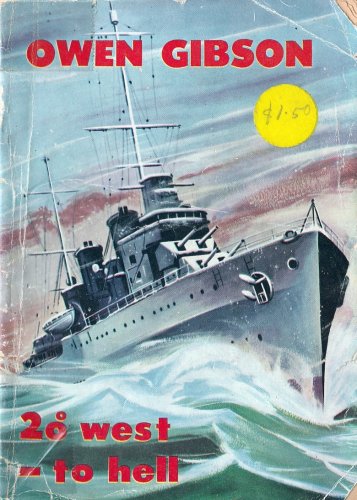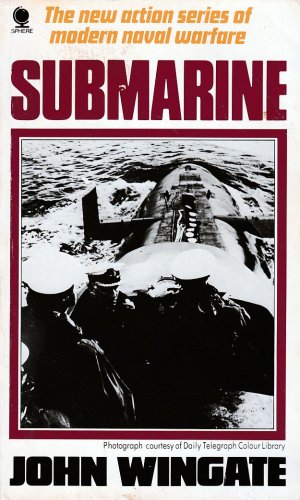- Joined
- 16 December 2010
- Messages
- 3,826
- Reaction score
- 4,245
David Hagberg, Breaking Point, published in Combat, Stephen Coonts (ed.), 2001
United States
USS George Washington (CVN-73)
Nimitz Class Aircraft Carrier
Real ship, details as in service.
USS Seawolf (SSN-21)
Seawolf Class Submarine
Real ship, details as in service.
USS Marvin Shields (FF-1092)
Knox Class Frigate
Real ship, details as in service.
Note: This ship decommissioned in 1992.
USS Arleigh Burke (DDG-51)
Arleigh Burke Class Destroyer
Real ship, details as in service.
China (Peoples Republic)
Nanchong (502) (ex-??, ex-Kobchik)
Type 6601 Chengdu Class (Riga Class) Frigate.
Details as per the real ships
Note: The Kobchik is a real Riga Class frigate for which I've been unable to locate firm details for it's disposal. In the short story the ship was sold to the Bulgarians and then later transferred to the Chinese. In real life the Chinese built four Riga Class frigates from kits in the 1950s. I was also unable to find full class details for the Chengdu Class ships so this may be a real ship, even if the backstory is fictional.
Hekou (405)
Han Class (Type 091) Submarine
Details as per the real ships.
Note: Pennant matches that of a Han Class Submarine commissioned in 1991 and is still in service (In the short story the submarine is sunk.). However none of the class are named.
Plot summary: It is the mid/late 1990s, a pro-democracy activist has fled mainland China to Taiwan. Now the Chinese government is using his presence as a pretext to threaten invasion. Careful planning has tied the Americans hands, so nothing should go wrong...
Note: No specific information is given to provide dating, but there are several references to the handover of Hong Kong to China in the past tense suggesting these events take place after this occurred.
United States
USS George Washington (CVN-73)
Nimitz Class Aircraft Carrier
Real ship, details as in service.
USS Seawolf (SSN-21)
Seawolf Class Submarine
Real ship, details as in service.
USS Marvin Shields (FF-1092)
Knox Class Frigate
Real ship, details as in service.
Note: This ship decommissioned in 1992.
USS Arleigh Burke (DDG-51)
Arleigh Burke Class Destroyer
Real ship, details as in service.
China (Peoples Republic)
Nanchong (502) (ex-??, ex-Kobchik)
Type 6601 Chengdu Class (Riga Class) Frigate.
Details as per the real ships
Note: The Kobchik is a real Riga Class frigate for which I've been unable to locate firm details for it's disposal. In the short story the ship was sold to the Bulgarians and then later transferred to the Chinese. In real life the Chinese built four Riga Class frigates from kits in the 1950s. I was also unable to find full class details for the Chengdu Class ships so this may be a real ship, even if the backstory is fictional.
Hekou (405)
Han Class (Type 091) Submarine
Details as per the real ships.
Note: Pennant matches that of a Han Class Submarine commissioned in 1991 and is still in service (In the short story the submarine is sunk.). However none of the class are named.
Plot summary: It is the mid/late 1990s, a pro-democracy activist has fled mainland China to Taiwan. Now the Chinese government is using his presence as a pretext to threaten invasion. Careful planning has tied the Americans hands, so nothing should go wrong...
Note: No specific information is given to provide dating, but there are several references to the handover of Hong Kong to China in the past tense suggesting these events take place after this occurred.

